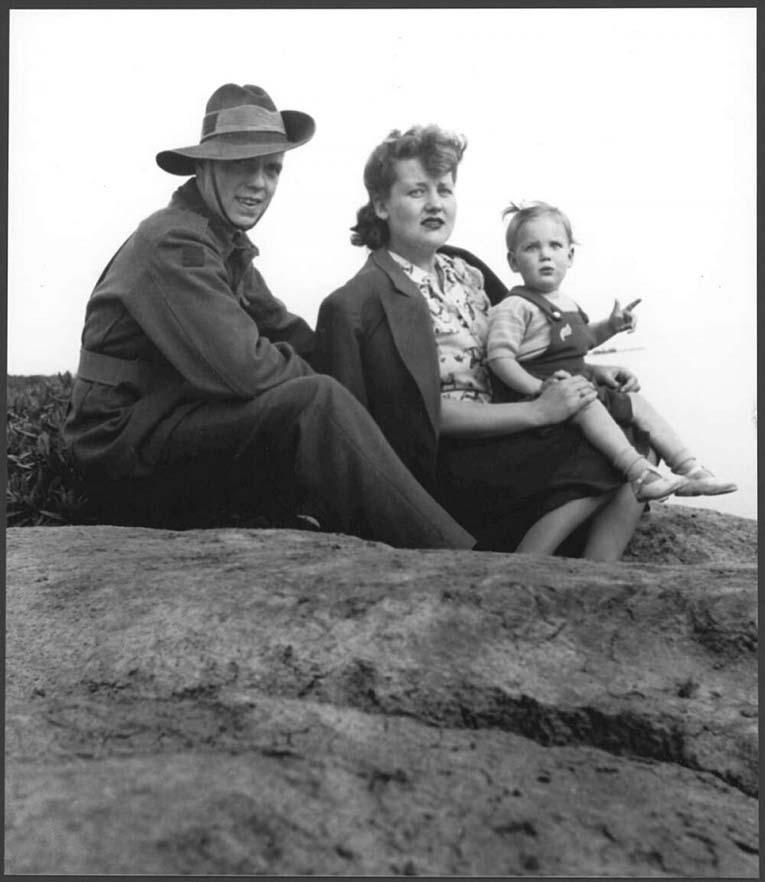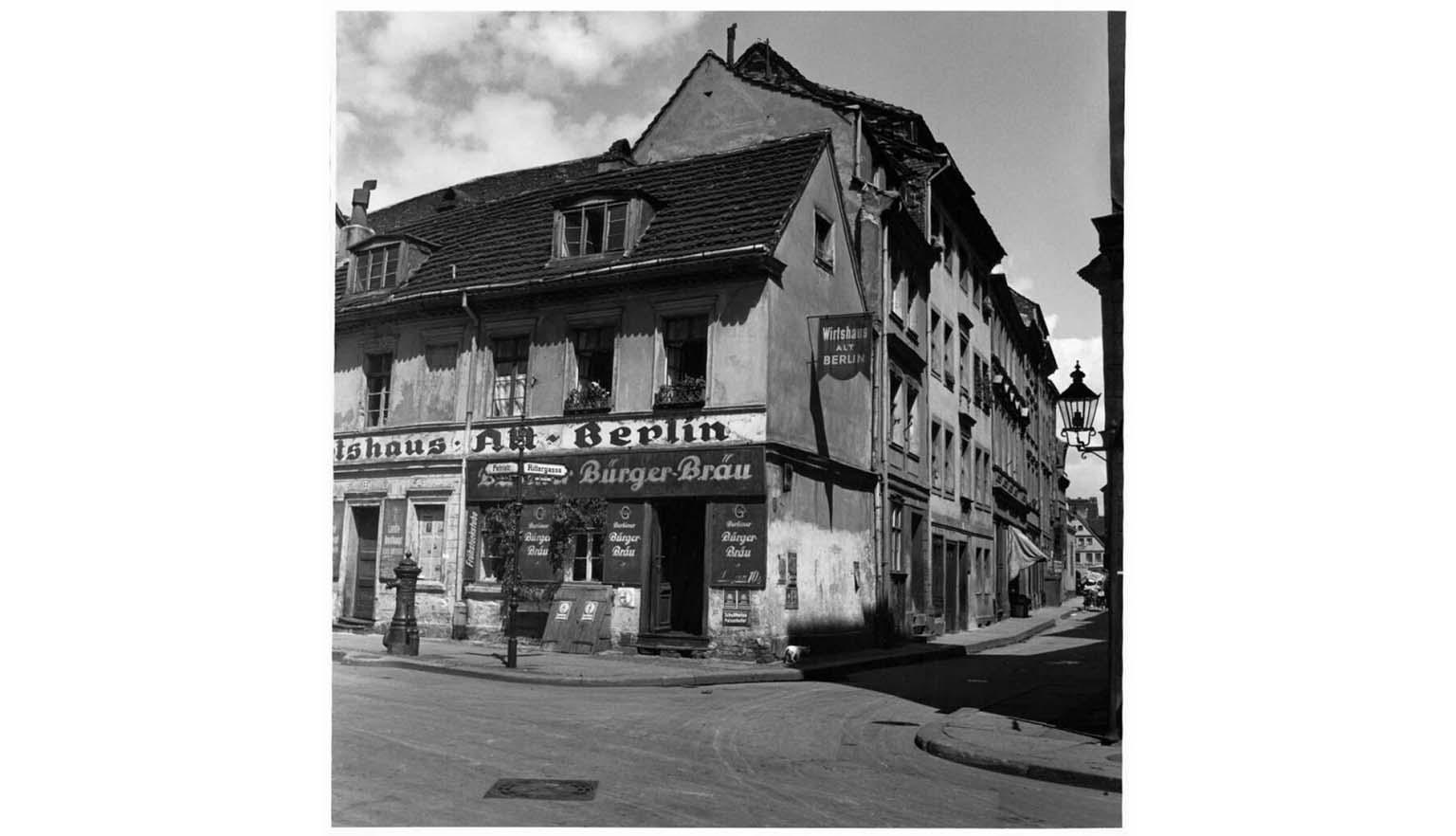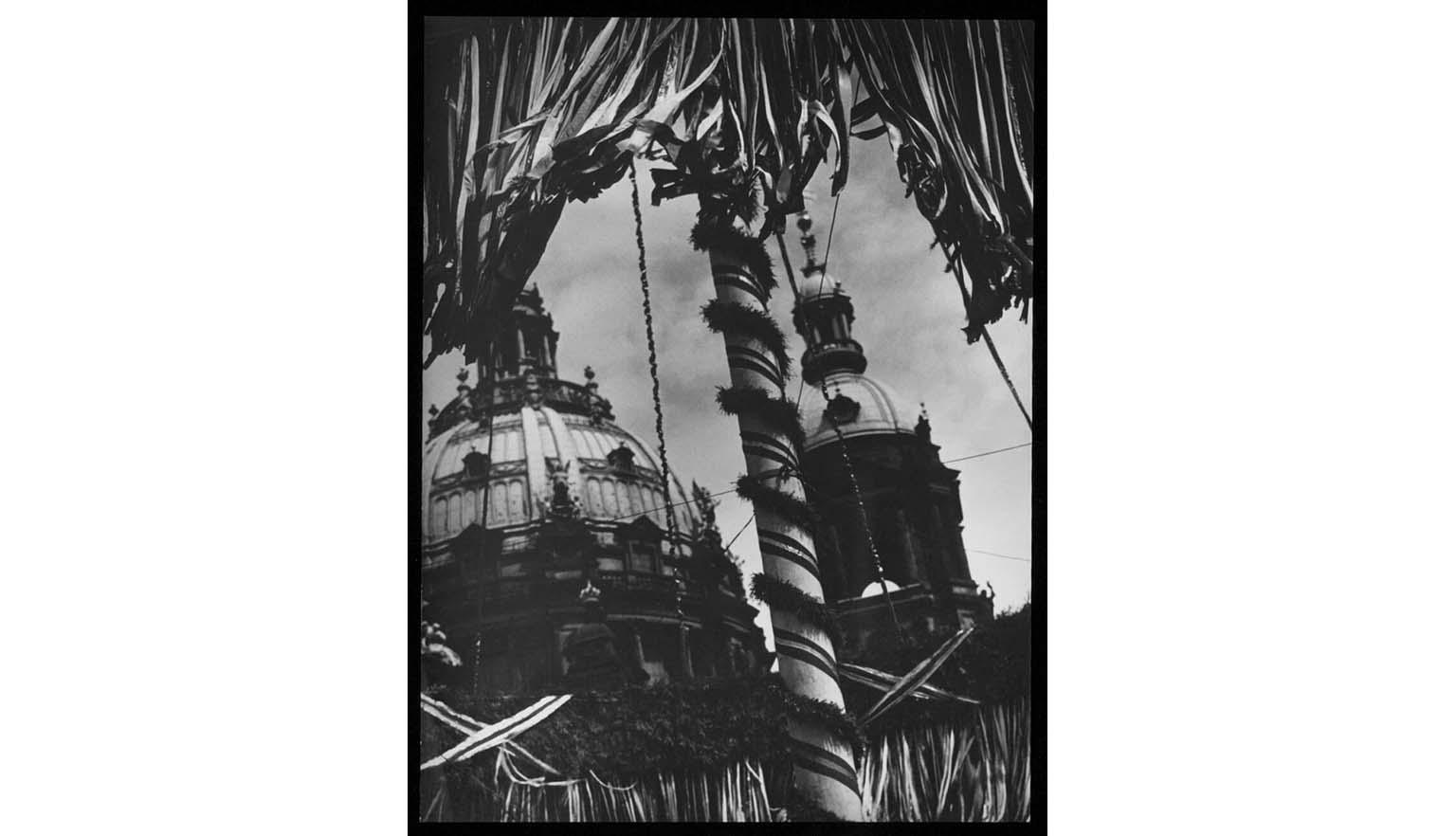Wolfgang Sievers
Early life
Sievers grew up in Germany during a period known as the Weimar Republic. During the Weimar Republic, Germany - and especially Berlin - become a cultural centre for intellectual thought, art, design, and music.

Wolfgang Sievers, [Photograph of Wolfgang Sievers], Berlin, Germany, 1991, nla.gov.au/nla.obj-161009403
Wolfgang Sievers, [Photograph of Wolfgang Sievers], Berlin, Germany, 1991, nla.gov.au/nla.obj-161009403
The young Sievers was introduced to the arts by his parents who took him to plays, concerts and art museums.
Sievers studied photography at the Contempora School for Applied Arts in Berlin, a successor to the Bauhaus. The Bauhaus was a school of design that emerged in the early twentieth century, bringing together a collective of architects, artists and craftspeople interested in taking advantage of technological developments to improve society.

Wolfgang Sievers, Re-armament under the Nazis, Henschel Aircraft factory near Cologne, [Germany], 1937, nla.gov.au/nla.obj-160357037
Wolfgang Sievers, Re-armament under the Nazis, Henschel Aircraft factory near Cologne, [Germany], 1937, nla.gov.au/nla.obj-160357037
Moving to Australia
The Weimar Republic lasted from the end of the World War I in 1918 until 1933, when Adolf Hitler and the National Socialist Worker’s (Nazi) party came to power.
The Nazi party enacted many new laws once in power. Several of these new laws targeted people from certain religious or cultural backgrounds. People of the Jewish faith were particularly persecuted and had many freedoms restricted in Germany.
Sievers’ mother was Jewish which meant, under Nazi law, he and his family could be targeted by the oppressive laws. So, in 1938, fearing increasing persecution in Nazi Germany, the Sievers family fled and migrated to Australia.
On arrival in Australia, Wolfgang Sievers enlisted in the armed forces. He served in the Australia Army from 1942 to 1946.
In 1938, Sievers migrated from Germany to Australia with his family, on board the P&O ship, the Comorin.
Coincidentally, making this same voyage was Robert Menzies (Australia’s Prime Minister from 1939–1941 and again from 1949–1966).
Menzies had visited Nazi Germany as a government official to discuss social conditions and industrialisation. Menzies would soon commit Australia to war against Germany, as the elected Prime Minister of Australia.
You can read more about this in the War in Europe Again – 'My Melancholy Duty' module, part of the Internment, World War II (1939-45) Digital Classroom.

Private Sievers with wife and daughter Brita and Karin at Red Bluff, Sandringham, Victoria, 1946, nla.gov.au/nla.obj-160979015
Private Sievers with wife and daughter Brita and Karin at Red Bluff, Sandringham, Victoria, 1946, nla.gov.au/nla.obj-160979015
After the war
After the war, Sievers concentrated on a career as a photographer. He worked with other famous modernist photographers in Melbourne, including Axel Poignant and Athol Shmith.

Elena Cole, [Photograph of Wolfgang Sievers], 1976, nla.gov.au/nla.obj-161009163
Elena Cole, [Photograph of Wolfgang Sievers], 1976, nla.gov.au/nla.obj-161009163
In Australia, Sievers took to industrial photography, bringing a new vision of crisp and uniform images, showcasing how the modern world was aiming for economy through efficiency.
After the Second World War, Australia had been particularly driven to streamlining processes and techniques in the postwar era, sometimes called the ‘golden age’.
In describing his artistic method, Sievers once said: ‘The fundamental Bauhaus idea is purity of line and simplicity of design, both in architecture and industry. To this I added the dignity of man as a worker.’ Many of Sievers works contain images of humans as connected to the machines they work with. These photographs show humans as an important ‘part’ of the technology they are using.
Sievers’ photographs, like modernist photography in general, used sharp focus and took advantage of the camera as a tool. Straight lines, geometric patterns and close ups of machinery were common. This style moved away the earlier photographic style of pictorialism, which was more interested in making the scene look like a painting. Sievers’ work highlighted the technical aspects of the subject matter as opposed to the beauty.

Wolfgang Sievers, Wolfgang Sievers on assignment for B.H.A.S. at Port Pirie, S.A., 1959, nla.gov.au/nla.obj-145029695
Wolfgang Sievers, Wolfgang Sievers on assignment for B.H.A.S. at Port Pirie, S.A., 1959, nla.gov.au/nla.obj-145029695
One notable Bauhaus student to come to Australia was the ‘Dunera Boy’, painter and printmaker Ludwig Hirschfeld-Mack (1893–1965).
A German who was also of Jewish descent, Hirschfeld-Mack had initially migrated to England to escape the Nazis but was then deported from England to Australia as an ‘enemy alien’ during wartime.
He spent time in internment camps in Hay, Orange and Tatura in rural New South Wales and Victoria. You can read more about this in the Dunera module, part of the Internment, World War II (1939–45) Digital Classroom.
Wolfgang Sievers was awarded an Order of Australia (AO) in 2002 for ‘service to the arts as a photographer, and for recording Australian cultural life and heritage through the visual documentation of Australian industry and architecture of the twentieth century’. While Sievers was recognised for the achievements mentioned, his overall body of work showed the connection between industry and the worker.
Learning activities
Activity 1: Machines vs. Manpower
Ask students to debate the pros and cons of the mechanisation of industry.
Activity 2: Then and now
Compare an industry from the beginning of the industrial revolution to a modern industry producing the same product. Examples could be farming or mining. Have students work on a presentation for the class.
Activity 3: What’s your industry?
In relation to industry, define the terms: primary, secondary and tertiary. How do they connect with each other? Have students describe a simple supply chain for basic staples sold in local stores, for example, bread, fruit and veg, milk.









